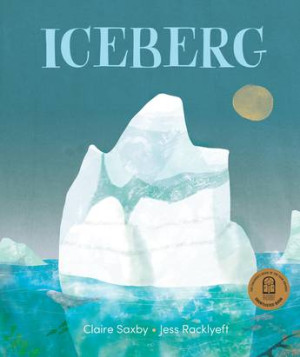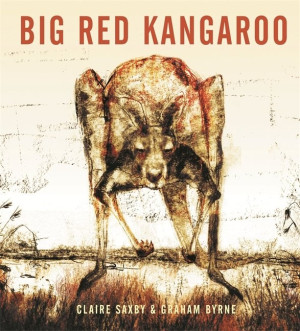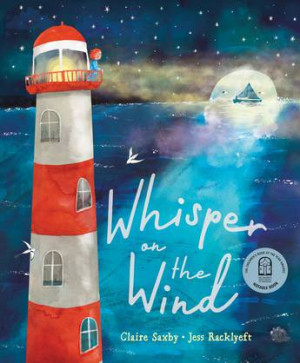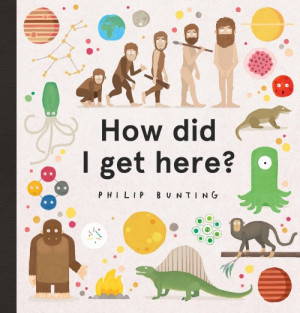

Fascinating fact books & trustworthy true stories
What’s in the Video?
Fact books don’t have to be dull – there are LOTS of different ways of communicating real-world stories, and non-fiction can be just as creative, inventive and FUN as fiction! Get to know the world of non-fiction books and writing in this fascinating lesson.
Video Chapters:
00:00 Introduction
00:24 Meet the creators
01:08 What is non-fiction writing?
03:47 Can non-fiction have a narrative?
05:37 How to get started writing non-fiction
07:07 Final words of advice
08:00 Here’s what we’ve learned
 Learning Intentions
Learning Intentions
1. Learning about different kinds of non-fiction books, and ways that information can be presented.
2. Learning about writing for a purpose and audience, and communicating our ideas in clear and logical ways.
3. Exploring our library and learning how to find the books that we need.
SUCCESS CRITERIA:
1. Compared non-fiction books on one subject and have noted the similarities anddifferences.
2. Included details and descriptive language in my writing that demonstrates understand of the conventions of instructional writing.
3. Used the library to find the books I need.
 Discussion Questions
Discussion Questions
- What information or fact books have you read? What topics or subjects have these non-fiction books been about?
- Have you read non-fiction books that have illustrations? What about photographs?
- What about no pictures? Are there any other kinds of non-fiction books that you can think of?
- What are some of the features that you have come across in non-fiction books. (eg, glossaries, diagrams, maps, fact boxes, charts etc).
- Jess and Claire talk about some of the different kinds of non-fiction books.
- Do you remember the books Jess talked about? (historical, biography, atlas and encyclopedia).
- What about the books Claire talked about? (How-to, how things work, a bit about lots of thing, narrative non-fiction).
- Claire said that her favourite kind of non-fiction is narrative non-fiction, which is full of information but reads like a story. Can you think of any books you’ve read that have a combination of facts and story?
- Jess and Claire also talked about how ‘drama, adventure, humour and excitement’ can be used in narrative non-fiction. Do you remember the example that Claire gave from her book ‘Iceberg’?
- Jess told us that it’s important to remember that every writer will have a different point of view, and that we should read more than one non-fiction book about the
same subject to see how different writers talk about it. Why do you think that different writers might have ‘different versions’ of the same facts? - Jess and Claire told us how they find inspiration for their non-fiction books.
- Do you remember what Jess said he did? (Going for a nature walk, or visiting the library or museum).
- Where did Claire say she found ideas? (Writing down the things she sees and hears, going for a walk in a bush park, eavesdropping).
 Curriculum Links
Curriculum Links
Australian Curriculum V9.0 Links
Language:
● Text structure and organisation: AC9E5LA03, AC9E6LA03
● Language for expressing and developing ideas: AC9E5LA07, AC9E6LA07,
AC9E5LA08
Literature:
● Literature and contexts: AC9E5LE01, AC9E6LE01
● Engaging with and responding to literature: AC9E5LE02, AC9E6LE02
● Creating literature: AC9E5LE05, AC9E6LE05
Literacy:
● Analysing, interpreting and evaluating: AC9E5LY03, AC9E6LY03, AC9E5LY04,
AC9E4LY05, AC9E5LY05, AC9E6Y05
● Creating texts: AC9E5LY06, AC9E6LY06
LITERACY
Reading and Viewing:
● Understanding texts: Comprehension Level 7-8
Writing:
● Creating texts: Level 7-8
CREATIVE AND CRITICAL THINKING
Analysing:
● Interpret concepts and problems: Level 4
Generating:
● Create possibilities: Level 4
Reflecting
● Transfer knowledge: Level 4












